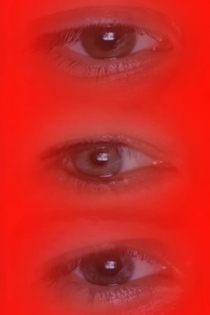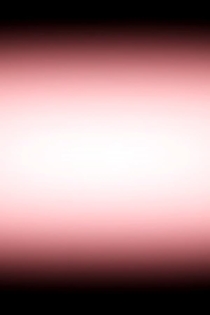
Billy Roisz
2021My Kingdom for a Lullaby #2
Billy Roisz, Michaela Grill
Sound/intoxication (Rauschen) is what the music video is about, say the artists, and the ecstatic (Rauschhaft). The German play on words actually makes sense in MY KINGDOM FOR A LULLABY #2; it suits a piece, in which electronically generated sounds and images are modulated and combined in a thoroughly sensorial or even ecstatic manner. The term «white noise» refers to both visual and acoustic elements. It is a prevailing theme in this video, an abstract piece, which requires that the viewer look and listen with utmost attention. On a white screen appear horizontal and vertical lines in delicate gray. First they alternate, then overlap, fade, then become more intense. The soundtrack plays a primary role, is equally as powerful (and elusive) as the images: a composition of crackling, noises (Rauschen), and whirring begins to emerge; music comprised of subtle electronic tones and high frequency distortion.
My Kingdom for a Lullaby #2

-2.20
Billy Roisz
The material's esthetics collide with the soundtrack, which evokes the sluggish nature of the mechanical. One material screeches into another, this becomes a kind of tentative probing which is superimposed with layers of electronic noises. The spectrum of acoustic atmospheres ranges from long before the record album was invented to its current renaissance. Vaudeville shot through with elements of contemporary electronic noise. Earthy sounds, swelling and subsiding movements, gradual stops, standstills, returns and repetitions. Looped audio messages from the loudspeaker's horn which are brought into the present. Billy Roisz has on this acoustic foundation erected a visual monument to the disk which has fascinated several generations with both its contents and its form.
-2.20

NOT STILL
Billy Roisz
NOT STILL forms an abstract visual landscape in shades of monochrome colors, from green to red, in which found footage on celluloid flares up like a quotation from the nether world. Alienated classical film scores howl in NOT STILLs minimalist techno soundscape, overlapping with the main motif of the record in all of its varied visual structures. VJ Roisz mistreats this just as uninhibitedly as the DJ mistreats his records. Roisz shows brief shots of film macros, tracks of animated films and a horror movie, to then unexpectedly have the leaping picture strip swallow them again. As though in a séance in all degrees of its intensity, flaring up are scraps of memory of a pop culture media history. NOT STILL enacts a clash of media in gruesome disquiet and poetic ambiance.
NOT STILL

sources
Billy Roisz
For sources the solo soundchecks of eight musicians were recorded sounds and video were saved seperately. Roisz followed the paths of musical creation processes (and their corresponding visual techniques) and developed a video, starting with soundcheck-footage, to a complex result.
sources

Who's Afraid of RGB?
Billy Roisz
Who’s Afraid of RGB can be interpreted as a condensation of the romantic movie, drama, and melodrama. The black-and-white film Who’s Afraid of Virginia Woolf? is mirrored in nine eyes and superimposed with the colors red, green, and blue. Paralleling her previous treatment of the horror film and the road movie, Who's Afraid Of RGB subjects the genres of romantic movies, dramas, and melodramas to Roiszian compression.
Who's Afraid of RGB?

Chiles en Nogada
Billy Roisz
In 2009 Billy Roisz and her friends and fellow musicians Angelica Castello, Burkhard Stangl and Dieter Kovacic took a trip to Mexico. After starting in Mexico City, they traveled through Michoacán to the peninsula of Yucatán. And the film Chiles en Nogada, about the journey, was created as a result.
Chiles en Nogada

TILT
Billy Roisz
Billy Roisz's TILT presents for us to see one example of such a state where something is out of whack and out of order, a constant source of new degrees of intensity. At first, there are four vertical gray elements: pulsing tubes, rods or wires that divide up the black picture. At the very beginning a kind of afterimage separates from the bundle to the far left, a bright-red vibrating shadow that then moves from one rod to the next. This feedback process continues until, after a kind of explosive overload, three flickering columns of red begin to settle between the gray tubes.
TILT

Bring Me the Head of Henri Chrétien
Billy Roisz, Dieter Kovacic
In their film Bring Me The Head of Henri Chrétien!, Billy Roisz and Dieter Kovačič explore the world of cinematic formats based on the genre that experimented with and exploited the width of the screen to display spectacular landscapes: Western movies.
Bring Me the Head of Henri Chrétien





